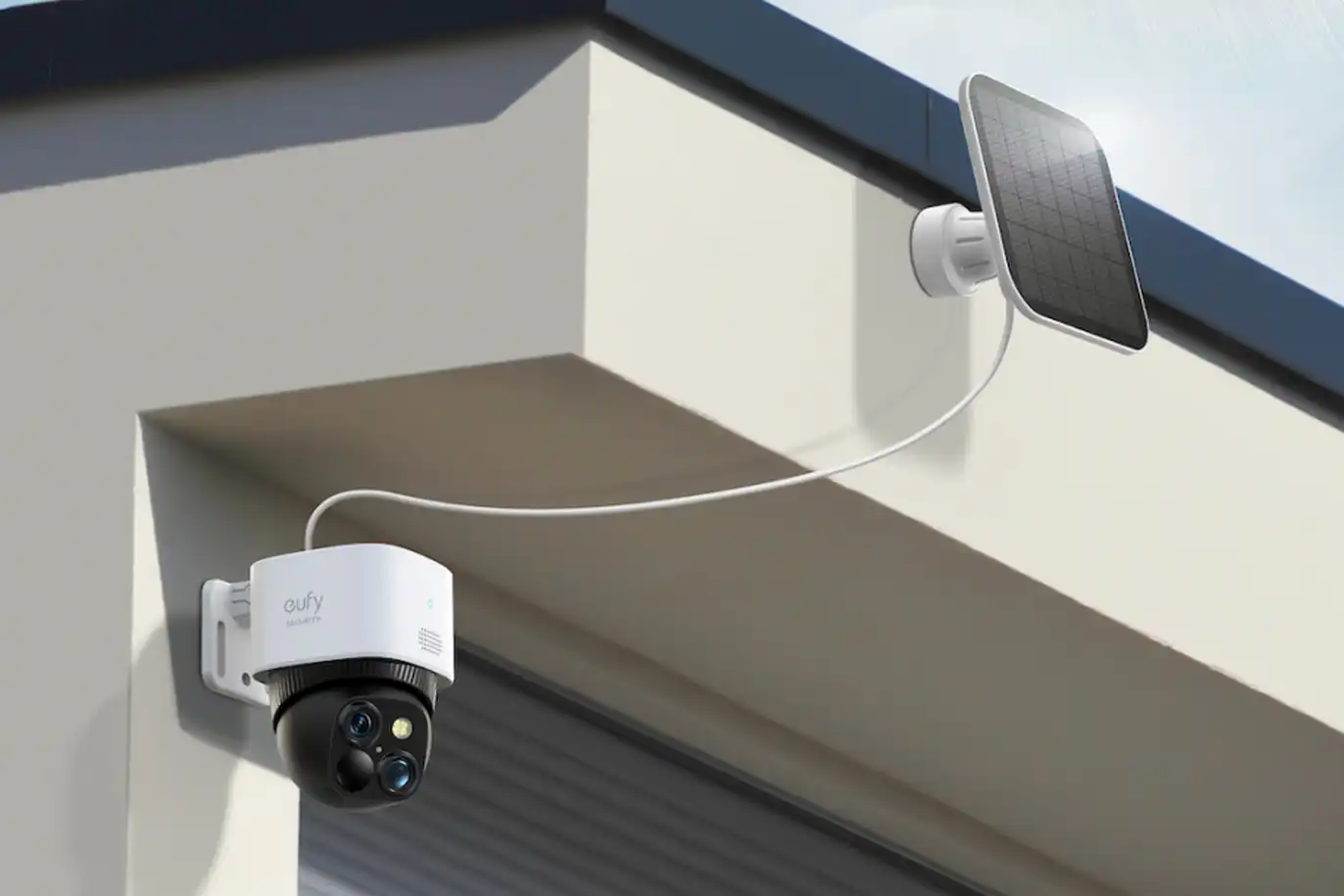Wireless security cameras have become increasingly popular for home surveillance due to their easy installation, flexibility, and convenience. These devices offer homeowners a cost-effective and versatile solution for monitoring their property without the need for complex wiring or professional installation. By understanding the key features and benefits of wireless security cameras, homeowners can make informed decisions about implementing a reliable and flexible home security cameras. Here are the factors that make wireless security cameras ideal for easy installation and flexibility:
Wireless Security Cameras Ideal for Easy Installation
1. Wire-Free Installation
No Wiring Required: Wireless security cameras do not require complicated wiring or drilling, making them easy to install in various locations around the home without the need for professional assistance or specialized tools. Homeowners can easily set up wireless cameras themselves, saving time and money on installation costs and avoiding the challenges associated with running cables through walls or ceilings.
2. Versatile Mounting Options
Flexible Placement: Wireless cameras offer versatile mounting options, allowing users to install them on walls, ceilings, eaves, or other surfaces to achieve optimal viewing angles and coverage of specific areas. The flexibility of wireless camera mounts enables users to adjust the viewing angle and position of the camera to capture desired areas of interest and enhance surveillance coverage.
3. Remote Access and Monitoring
Mobile App Connectivity: Wireless security cameras can be connected to a mobile app, enabling users to access live video feeds, view recordings, adjust settings, and receive alerts from anywhere with an internet connection. Users can receive instant notifications on their smartphones or devices when motion is detected, enabling them to monitor security events in real-time and respond promptly to potential threats.
4. Scalability and Expandability
Add-On Cameras: Wireless security camera systems are often scalable, allowing users to add additional cameras to their setup as needed to expand surveillance coverage and enhance security around the home. Homeowners can customize their security system by selecting the number and type of cameras that best suit their needs, providing flexibility to create a tailored surveillance solution.
5. Easy Configuration and Setup
Simple Installation Process: Wireless cameras are designed for easy configuration and setup, typically requiring users to follow straightforward instructions and connect the camera to their home Wi-Fi network. The setup process for wireless security cameras is intuitive, with user-friendly interfaces and mobile apps that guide users through the installation, connection, and initial setup steps.
6. Portability and Mobility
Moveable Placement: Wireless security cameras can be easily relocated or repositioned to monitor different areas of the home, providing flexibility to adapt to changing security needs or surveillance requirements. Users can temporarily install wireless cameras for special events, vacations, or specific monitoring purposes, allowing for temporary surveillance without the need for permanent fixtures or wiring.
7. Minimal Maintenance Requirements
Low Maintenance: Wireless security cameras have minimal maintenance requirements, with no cables to manage or maintain, reducing the need for ongoing upkeep and simplifying the care and upkeep of the surveillance system. In the event of technical issues or camera malfunctions, troubleshooting wireless cameras is straightforward, typically involving basic troubleshooting steps or software adjustments to resolve common issues.
8. Weatherproof Design
Outdoor Durability: Wireless security cameras are designed to withstand outdoor conditions, with weatherproof and waterproof features that protect the cameras from rain, snow, heat, and humidity, ensuring reliable performance in various weather environments. The weatherproof design of wireless cameras allows homeowners to use them year-round for outdoor surveillance, providing continuous monitoring and security coverage regardless of seasonal changes.
Conclusion
By leveraging the benefits of wireless security cameras for easy installation and flexibility, homeowners can create a reliable and versatile home surveillance system that offers convenience, scalability, remote access, and cost-effective monitoring capabilities. The wireless nature of these cameras allows for quick and hassle-free setup, adaptable placement, remote monitoring, and customization options that cater to individual security needs and preferences.




